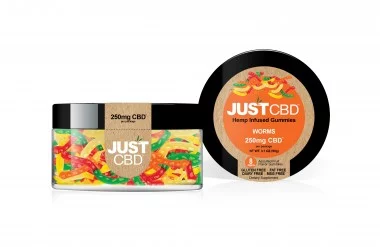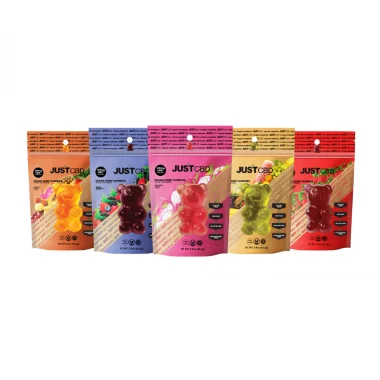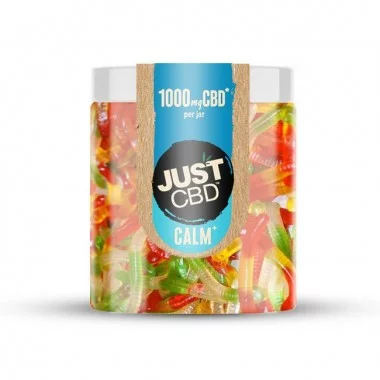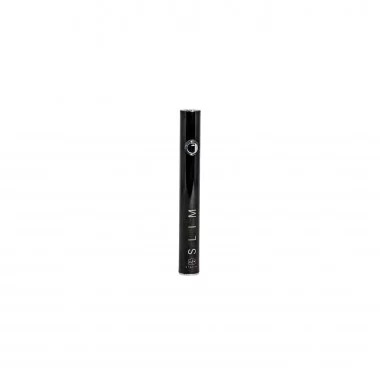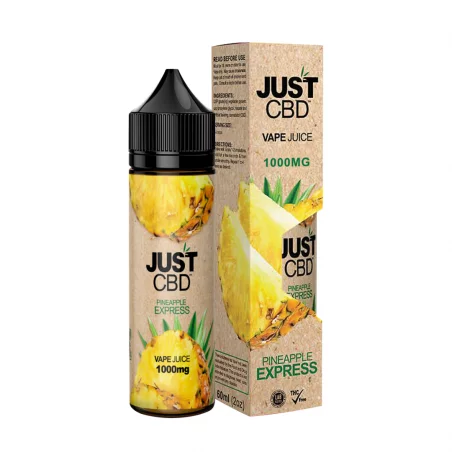What differences between CBD and THC?
CBD (cannabidiol) and THC (tetrahydrocannabinol) are two of the main cannabinoids present in the cannabis plant. Although they both have similar chemical structures and interact with the body\'s endocannabinoid system, they have very different effects. The main differences between CBD and THC are:
\n1. Psychoactive effects
\n- THC : THC is the main psychoactive compound of cannabis. This is what causes the euphoric or \"high\" effect associated with marijuana. THC binds directly to CB1 receptors in the brain, resulting in changes in perception, mood and behaviour. \n
- CBD : CBD is not psychoactive. It does not produce the euphoric effect of THC. CBD can even modulate the effects of THC by reducing the intensity of its psychoactive effects. It binds more indirectly to cannabinoid receptors, notably CB1 and CB2, and also influences other neurotransmitter systems in the brain. \n
2. Legality
\n- THC The legality of THC varies considerably throughout the world. In many countries, THC is classified as a controlled substance because of its psychoactive effects. In the United States, for example, THC is illegal at the federal level, but some states have legalized it for medical and/or recreational uses. \n
- CBD : CBD is generally more widely accepted and legal in many countries, provided it is extracted from hemp containing less than 0.3% THC (or 0.2% in some jurisdictions). However, regulations may vary, and some countries impose specific restrictions on CBD products. \n
3. Medical use
\n- THC Medically used for its analgesic, anti-nausea, appetite-stimulator and muscle relaxant properties. It is often prescribed for conditions such as chronic pain, chemotherapy-induced nausea, and muscle spasms. \n
- CBD : Used for anti-inflammatory, anxiolytic, anticonvulsant, antipsychotic and neuroprotective effects. It is prescribed to treat conditions such as epilepsy (including Dravet syndrome and Lennox-Gastaut syndrome), anxiety, chronic pain, and certain neurodegenerative disorders. \n
4. Side effects
\n- THC May cause side effects such as anxiety, paranoia, dry mouth, red eyes, and impaired memory and cognitive functions. \n
- CBD Side effects of CBD are generally mild and may include fatigue, diarrhoea, and changes in appetite and weight. CBD is considered well tolerated by most people. \n
5. Interaction with cannabinoid receptors
\n- THC : Directly binds to the CB1 and CB2 receptors of the endocannabinoid system. The activation of CB1 receptors in the brain is what causes the psychoactive effects of THC. \n
- CBD : Do not bind directly to CB1 and CB2 receptors. Rather, it acts by modulating the activity of these receptors and influencing other non-cannabinoid receptors, such as serotonin receptors, which contribute to its anxiolytic and antipsychotic effects. \n
6. Consumption methods
\n- THC Available as dried flowers (marijuana), oils, edibles, dyes, and sprays. \n
- CBD Available in the form of oils, dyes, capsules, edibles (such as gummies), topical creams, and pet products. \n
Related Products
Does this answer your question?
Sorry about that
How can we improve it?
Thanks

 Ce que vous devez savoir sur les cartouches pré-remplies au distillat de CBD
Ce que vous devez savoir sur les cartouches pré-remplies au distillat de CBD  Explorer les E-liquides au CBD de JUST CBD avec Hamilton Devices
Explorer les E-liquides au CBD de JUST CBD avec Hamilton Devices  Explorez le Monde des Bonbons Gélifiés au CBD de JustCBD : Variété et Saveurs
Explorez le Monde des Bonbons Gélifiés au CBD de JustCBD : Variété et Saveurs  JustCBD : Une Marque de Confiance pour des Moments de Détente
JustCBD : Une Marque de Confiance pour des Moments de Détente  Découvrez le PB1 de Hamilton Devices
Découvrez le PB1 de Hamilton Devices 